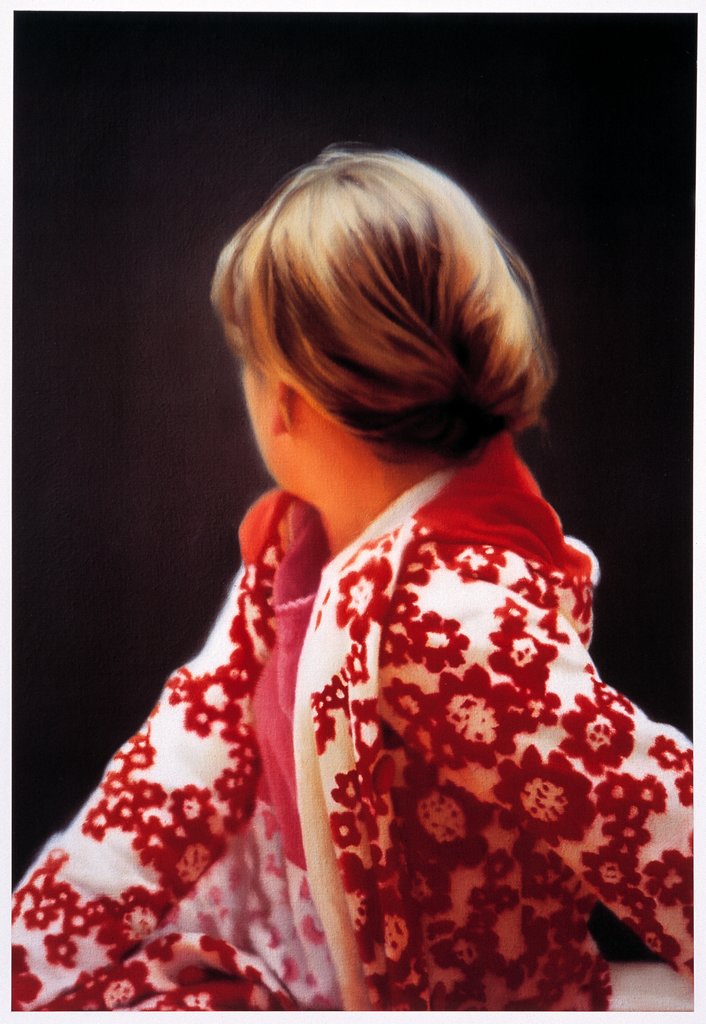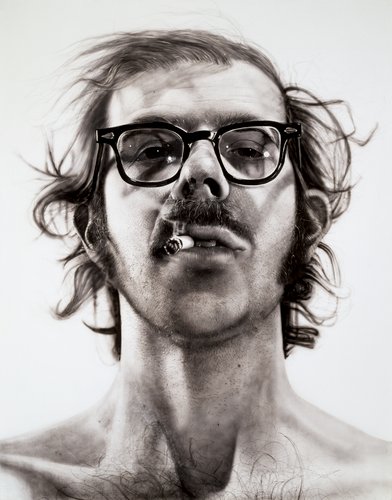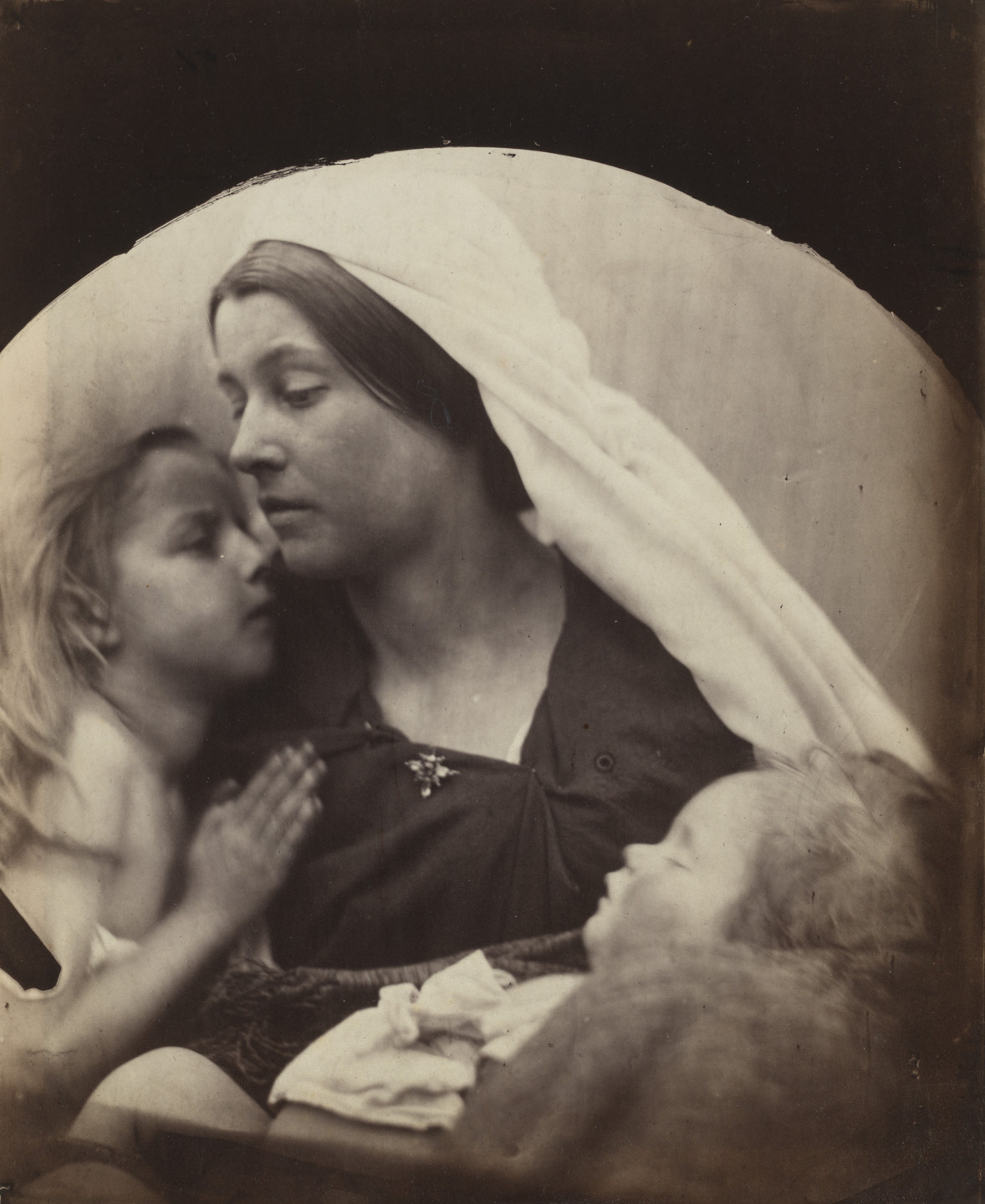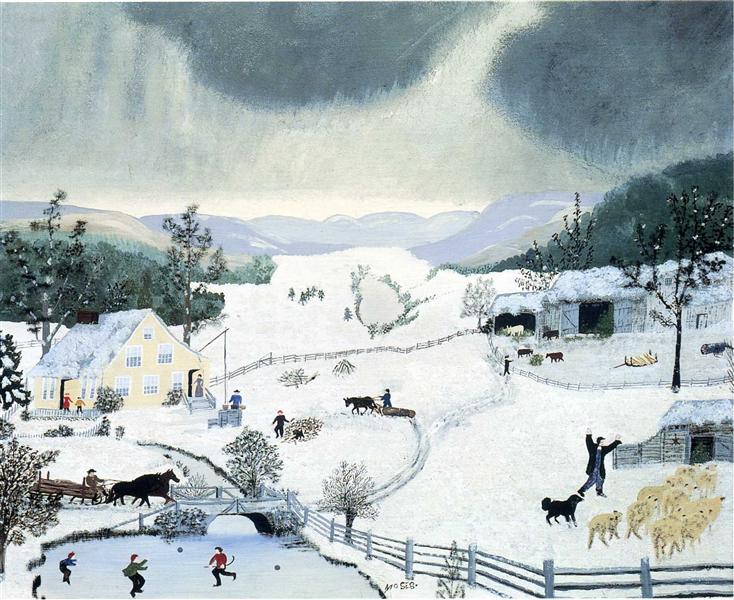dantana wrote: ↑Tue Apr 01, 2025 10:34 pm
Morley wrote: ↑Wed Mar 26, 2025 2:41 pm
 Gerhard Richter, Betty, 1988
Gerhard Richter, Betty, 1988
Wow, that is a beautiful painting.
All arguments for defense of a statement abasing the work of anything other that realism would more closely resemble, to some, excuses for making the statement.
Dantana,
I've been hesitant to inject myself into this discussion because I don't want to suck up all the oxygen and end an interesting conversation. However, since I can't seem to ever stfu, I'm going to risk it anyway.
I think that future generations are going to study Richter's 'Betty' as not just a fine painting but as a piece of art history. It seems that Gerhard Richter does a couple of interesting things here. He creates a painting so that the concept of photo-realism is thrown back into our faces. This is not just a painting that imitates a photo, but this is a painting that imitates a certain kind of photo. It looks like a polaroid image, with its blurry lack of focus and the awkward back-of-the-head result that we amateur photographers sometimes get when we try to snap someone's picture. Richter is masterful at it.
It's kind of funny that photo realism is often thought of as being paintings that are so real that they display the same qualities as seeing things in real life. In reality, photo realism is art that's a copy of another kind of art. A painting that seeks to look like a photograph isn't much different from a photograph that seeks to look like a painting.
Many are familiar with Chuck Close's first self portrait:
 Chuck Close, Big Self-Portrait (1968).
Chuck Close, Big Self-Portrait (1968).
With it, Close paints himself, not to imitate what we'd see in real life, but to mimmic the things that we'd see in a manipulated photograph. To do this, he used a grid pattern to reproduce every part that we'd see if we were looking at a giant print of a carefully staged, precisely over-exposed, black-and-white photo. While I don't think the result is quite as compelling as some of his later work, it hard to argue that it's not a pretty effective painting.
Painting hasn't always tried to imitate photos. In the beginning of photography, photos tried to imitate painting.
When early photographers were trying to establish the emerging technology of photography as a recognized kind of art, many of them attempted to make their compositions look exactly like they'd been painted. The photographer Julia Margaret Cameron became famous for doing this.
Cameron purposely took photographs that were out of focus, with her subjects in garbs and poses that were commonly found in paintings of her time.
 Julia Margaret Cameron. Madonna with Children (1864).
Julia Margaret Cameron. Madonna with Children (1864).
 Julia Margaret Cameron, Sir Lancelot and Queen Guinevere (1874).
Julia Margaret Cameron, Sir Lancelot and Queen Guinevere (1874).
Though her photos kind of make me laugh, I can't help but feel a little guilty about it. She was vitally important in her day.
dantana wrote: ↑Tue Apr 01, 2025 10:34 pm
It's just that I have a dislike for posers. In any form or fashion. For instance, the line - those who can, do; those who can't, teach - probably appears as a slight on teachers. My wife thinks so. I personally have always had it as aimed at posers. Blowhards, know-it-alls, fakers. Every construction crew has one on it. My Faceplant feed is prob about 20% u-tube feeds of wanna-be influencers trying to show you how to nail two boards together, put on make up, play chess, etc. In the old days know-it-alls did it just for fun, now it appears there is money in it.
I have/rate drawing something freehand and having it come out looking like what one is intending as the hardest discipline of any hand-eye coordination type endeavor. Bar none. As a builder I can sketch out a perspective to allow someone to catch the gist, but I could take art classes and practice for the rest of my life and never acquire the talent to paint a pic to photographic realism quality.
And so when I see an artist hang a can of paint above a tarp and swing it back and forth to create an interesting pattern and then put it on display in the gallery I question if this artist should be given the accreditation of a master. Yes, I get it, everything we do has a little bit of art in it. All except for that.
This is a tough one for me too, because in the art world, we do so love our posers--to the extent that we have a difficult time telling the posers from the real deal. There are established and wealthy artists who I can't help but see as anything else but posers. The problem is that, some who I once thought were posers, I now see as revolutionary--and some who I once saw as pretty good artists, I now see as obvious posers. That said, maybe we're all posers in some ways (though, my god, I really try hard not to be).
Anyway, if we're lucky, our opinions will change with time and exposure. Hopefully, we get smarter, not dumber, as time passes--though obviously, life and politics demonstrate that that's often not the case.








